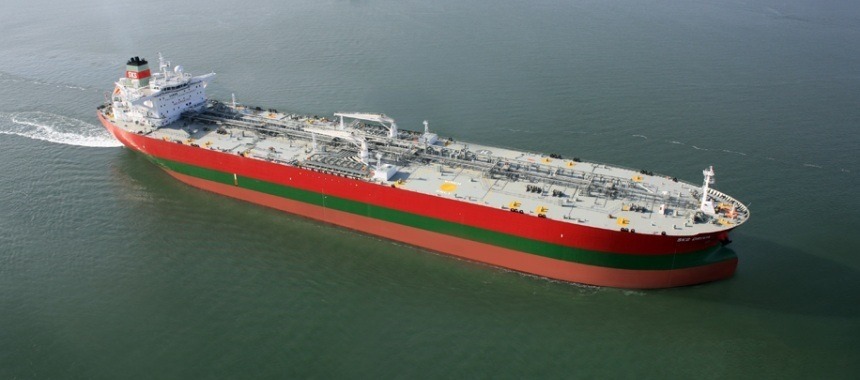Classification of tankers by deadweight

Classification of bulk tankers AFRA scale and commercial scale (Flexible market scale). The history of the classification of bulk tankers.
Classification of bulk tankers on a scale of AFRA (Average Freight Rate Assessment):
- GP (General Purpose) — tankers, General purpose (deadweight — 6 000-24 999 DWT); used for special transportation, including transportation of bitumen
- MR (Medium Range) — medium-tankers (deadweight — 25 000-44 999 DWT); for transportation of oil or petroleum products
- LR1 (Large named range1) — tonnage tankers 1 class (deadweight — 45 000-79 999 DWT); used for transport of dark petroleum products
- LR2 (Large Range 2) — tonnage tankers 2 class (deadweight is 80 000-159 999 DWT)
- VLCC (Very Large Crude Carrier) — very large carriers of crude oil tonnage tankers of class 3 (deadweight — 160 000-320 000 DWT)
- ULCC (Ultra Large Crude Carrier) — ultra large carriers of crude oil tankers (deadweight over 320 000 DWT); shipping oil from the Middle East to the Gulf of Mexico
- FSO (Floating Storage and Offloading unit) — unit floating storage and offloading supertankers (over 320,000 DWT); storage and discharging of oil into smaller tankers
Classification of bulk tankers for trade scale (Flexible market scale):
- Product tanker (Seawaymax) — length — 226 meters, width — 24 m, maximum draft of 7.92 m, deadweight — 10 000-60 000 DWT
- Panamax — length 228,6 m, width — 32,3 m, draft is 12.6 m, deadweight — 60 000-80 000 DWT
- Aframax — length — 253 m, a width of 44.2 m, maximum draft of 11.6 m, deadweight — 80 000-120 000 DWT
- Suezmax — the maximum draught of 16 m, deadweight — 120 000-200 000 DWT
- VLCC (Malaccamax) — length — 330 m, width — 60 m, draft — 20 m, deadweight — 200 000-320 000 DWT
- ULCC — deadweight — 320 000-550 000 DWT
At the moment almost 380 tankers fall under type VLCC, known only to seven tankers ULCC and about 90 with the deadweight from to 220000 279000 tons.
The history of the classification of bulk tankers
In 1954 Shell Oil developed the rating scale of average truck size (AFRA), which first classified the system of tankers of various sizes. In order to implement this independent instrument, Shell consulted with the London tanker brokers Commission (LTBP). In the beginning they divided tankers into groups: tankers, General purpose for tankers under 25,000 tons of deadweight (DWT); medium size tankers for vessels from 25 000 to 45 000 DWT, and tankers of large size, for the then huge ships, deadweight of which exceeded 45 000 DWT. In the 1970-ies began to appear on tankers of large size, which prompted to expand the scale of AFRA.
The AFRA system was developed for tax reasons as the tax authorities wanted proof that the internal records of the exchange accounts were correct.
After in 1983 the new York Mercantile exchange began trading futures on crude oil has become difficult to determine the exact price of oil, which has varied with each contract. Shell and British Petroleum were the first companies that in 1983, abandoned the AFRA system, they were followed by other oil companies of the United States. However, the system is still in use to this day. In addition, formed on the flexible market scale classification of bulk tankers (Flexible market scale), which is based on typical routes of the movement of tankers, in particular the possibility of passing the last of some specific channels and gateways.
- Comments
 en
en ru
ru uk
uk